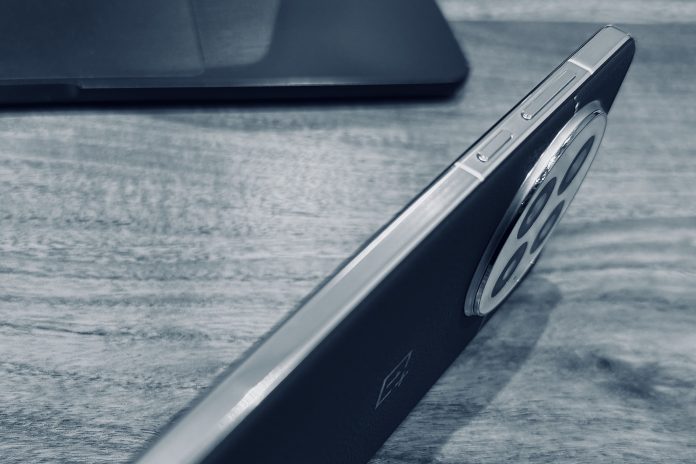Last week, OnePlus unveiled its latest flagship phone. There’s a lot to get excited about this time around. The OnePlus 13 is not your usual year-over-year upgrade that is merely doing its refresh due diligence. It’s the biggest signal for the shift across the entire smartphone segment this year.
Once again, the design is familiar, but there are enough changes to distinguish the OnePlus 13 from any other phone that the company has made so far. I was lucky to get my hands on the blue trim, which is likely going to drive the most demand.
OnePlus is no stranger to experimenting with leather. On the OnePlus 13, however, the situation is special for a couple of reasons. Midnight Ocean, as OnePlus likes to call it, offers a lovely contrast between the lustrous metallic frame, a tastefully executed radial line work on the camera island, and blue leather.
Flatter, sturdier, and flashier
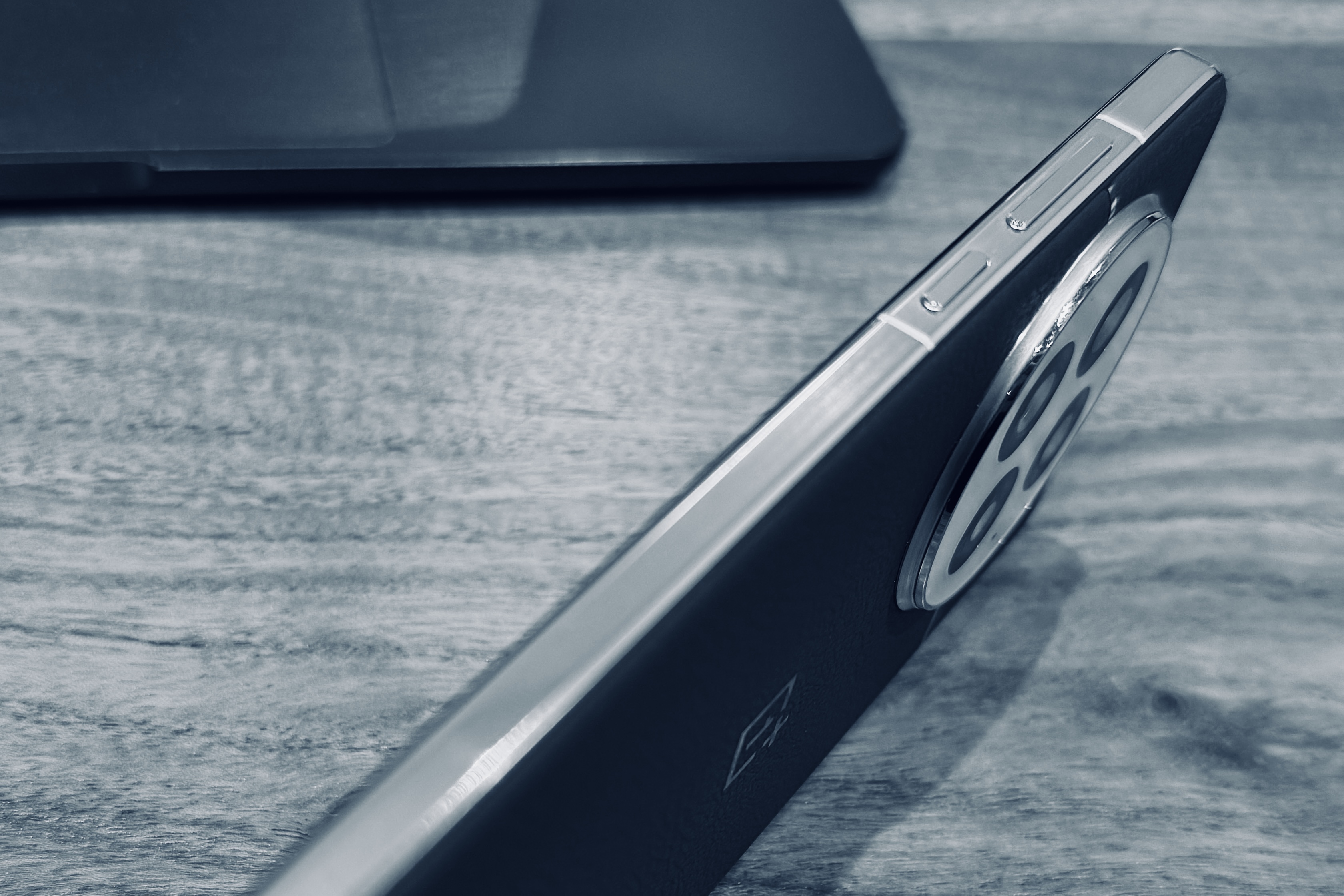
“Our Midnight Ocean variant of the OnePlus 13 uses an industry-first microfiber vegan leather,” Marcel Campos, marketing director of OnePlus North America, tells me. He points out that it is lightweight, ranks higher on the durability scale, and offers a premium in-hand feel.
I quite like it. The vegan leather doesn’t look or feel like the plastic-made faux leather shell that a handful of smartphones have lately embraced. The soft texture and surface lines do an admirable job of invoking the luxury you get from leather paraphernalia.
My experience, however, hasn’t been stellar with leather on phones. In the past couple of years, at least two phones — one of them being a premium device — attracted scuff marks, and discoloration raised its ugly head within a few weeks of usage.
I asked OnePlus if its phone would stand the test of elements. “It is resistant to high temperatures, corrosion, and scratches,” stresses Campos. I have spent a few weeks with the phone without a case and haven’t encountered any unsightly scratches or felt the need to wipe it clean.
But there is more to this phone than meets the eye: The OnePlus 13 is the most resilient phone the company has made so far. All that oomph comes with a fresh design, one that sees the brand shed curved display and embrace flat sides. Thankfully, the edges are subtly curved and don’t dig into your palm.
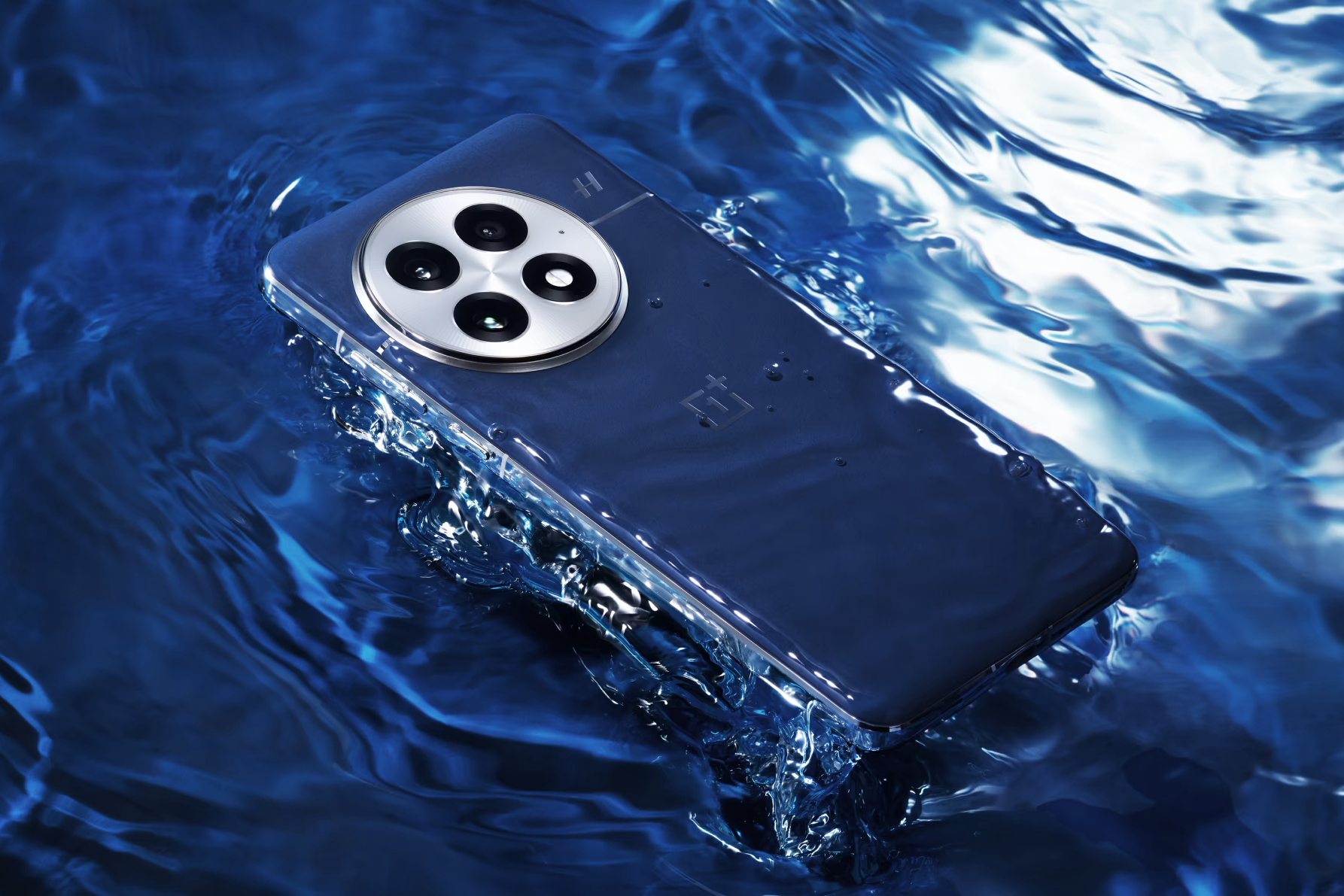
One would think that abandoning the tried-and-tested glass-metal hybrid would incur some penalty. Thankfully, OnePlus has achieved quite the opposite effect. The OnePlus 13 arrives on the scene with IP68 and IP69 protection, which is the best you can get right now.
The likes of Samsung and Apple sit a notch lower at the IP68 standard. The jump to the IP69 tier might not seem consequential, but in reality, it raises the phone’s endurance above mere submergence in water.
“IP68 addresses submersion in freshwater whereas IP69 addresses high temperature and high pressure,” explains Campos. In case there are concerns, that degree of protection against dust and water extends to all models, including the vegan leather baby.
Rethinking curves
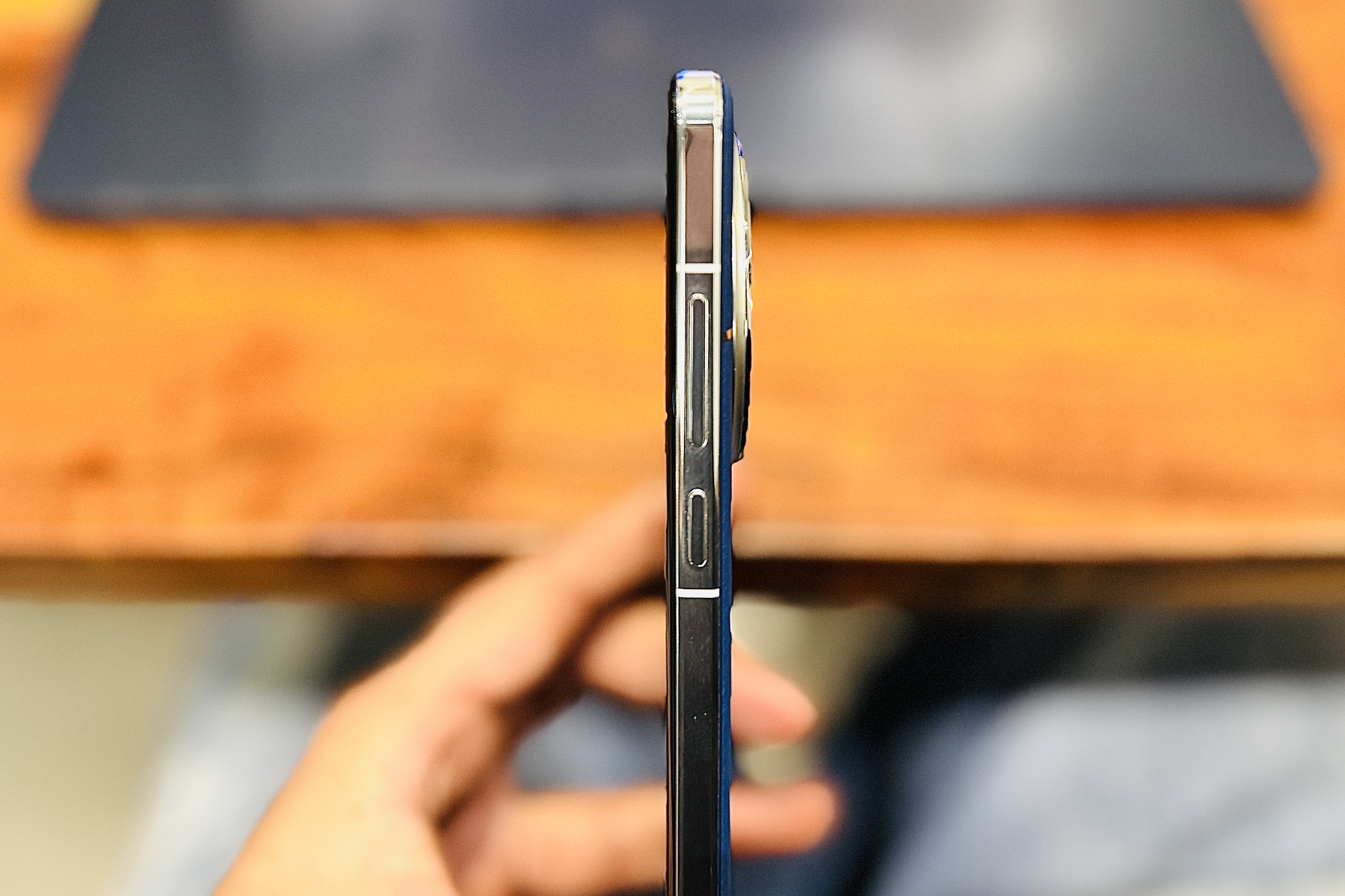
There’s an uncanny familiarity with the OnePlus 13. That’s because the curved display is gone, and so are the bulging sides. The remarkable shift in aesthetics would make a lot of people happy, especially those concerned about the durability and ergonomics of sloping glass screens.
It seems that after years of seeing users ranting on Reddit and community forums, OnePlus has paid heed to their core concerns. Or maybe, the vibe has changed internally, and the flat-screen stans finally gained the upper hand — for the most part, that is. Why, though?
“This increases the durability on the most frequent points of contact during accidental contact and drops,” Campos explains. “We call this design a ‘quad-curved’ screen where each of the corners curve inwards smoothly, allowing the rest of the screen to remain flat.”
There’s an uncanny familiarity with the OnePlus 13.
It’s not quite a textbook flat display, however. OnePlus says it’s a quad-curved screen. If you look closely, there’s a subtle slope to the glass on all sides. The curvature is tastefully executed, as it matches the curve on the rear shell, creating a beautifully symmetrical side profile. Neat work there, OnePlus.
Campos says those curves aren’t eye candy. On the contrary, they make the screen resilient to contact events, like edge bumps or falls. “They’re strategic curves that reduce the overall angular nature of the display surface and minimize potential cracks on the most fragile zones,” Campos says.
To raise the bar further, OnePlus has used nano-crystalline ceramic glass on its new phone, crediting it with 2x higher toughness and a 70% boost drop resistance. The display stack also comes with a few other surprises.
Beyond the luxurious looks
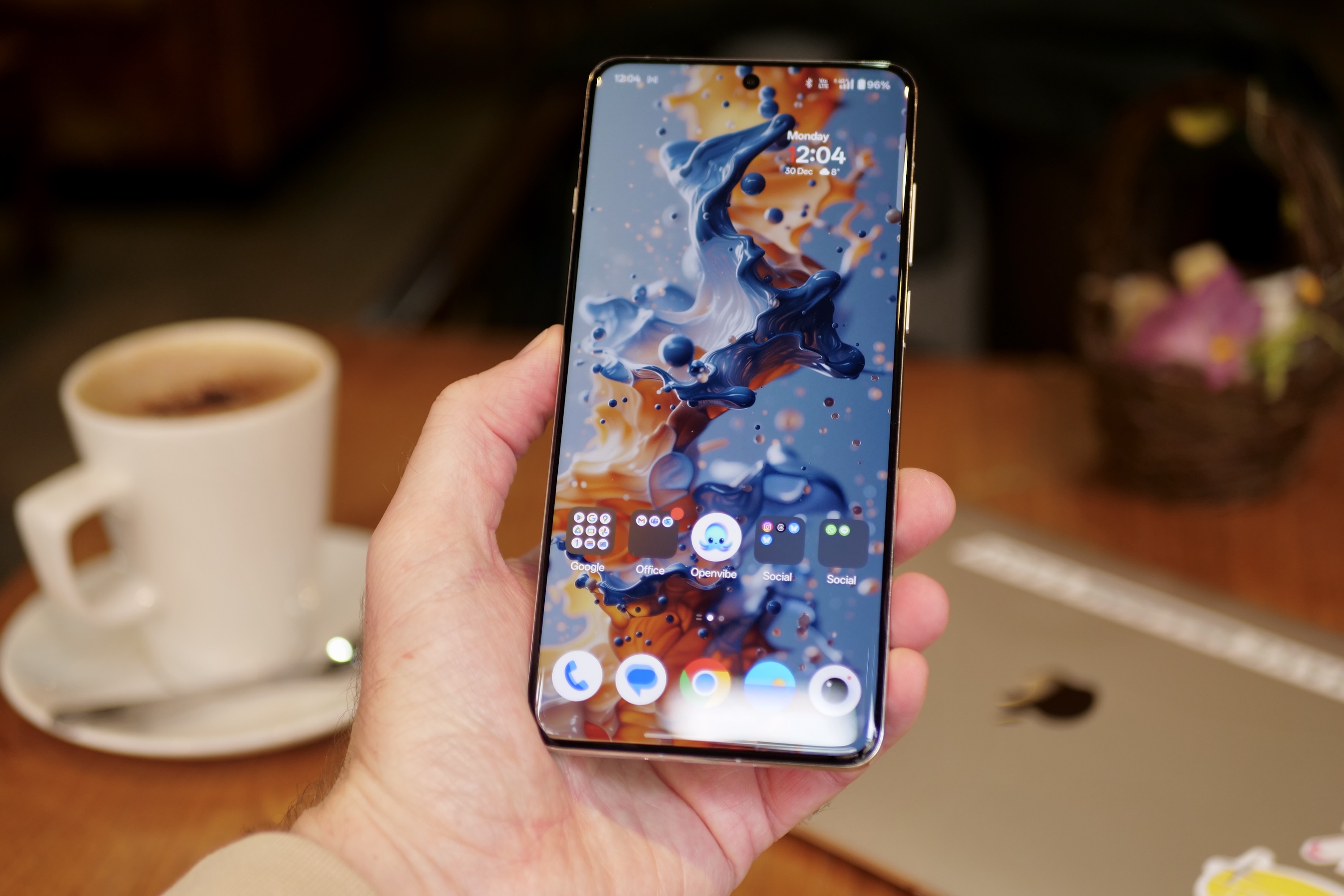
Aside from the self-explanatory glove mode, the OnePlus 13 serves an improved Aqua Touch feature. The result is seamless touch interaction, irrespective of the oil on your fingertips, water on the screen, or a pouch covering the phone.
So far, the proprietary Aqua Touch tech has relied on a standalone chip to do its job. Within the second-gen iteration of the Aqua Touch system, the whole stack is tied to the software pipeline and extra firepower afforded by the silicon.
“In the new and improved Aqua Touch 2.0, it is software-based, leveraging the power that only the new Snapdragon 8 Elite can deliver to complete this task,” Campos says. The OnePlus executive told me that the team developed no less than 46 proprietary touch control algorithms to improve the experience.
OnePlus’ website lists a 6,000mAh battery as one of the OnePlus 13’s key features. For a lot of enthusiasts, that’s the most practical upgrade. At the moment, the OnePlus phone is in the exclusive league of phones that touch those battery-size figures. Once again, it came with some innovative tinkering.
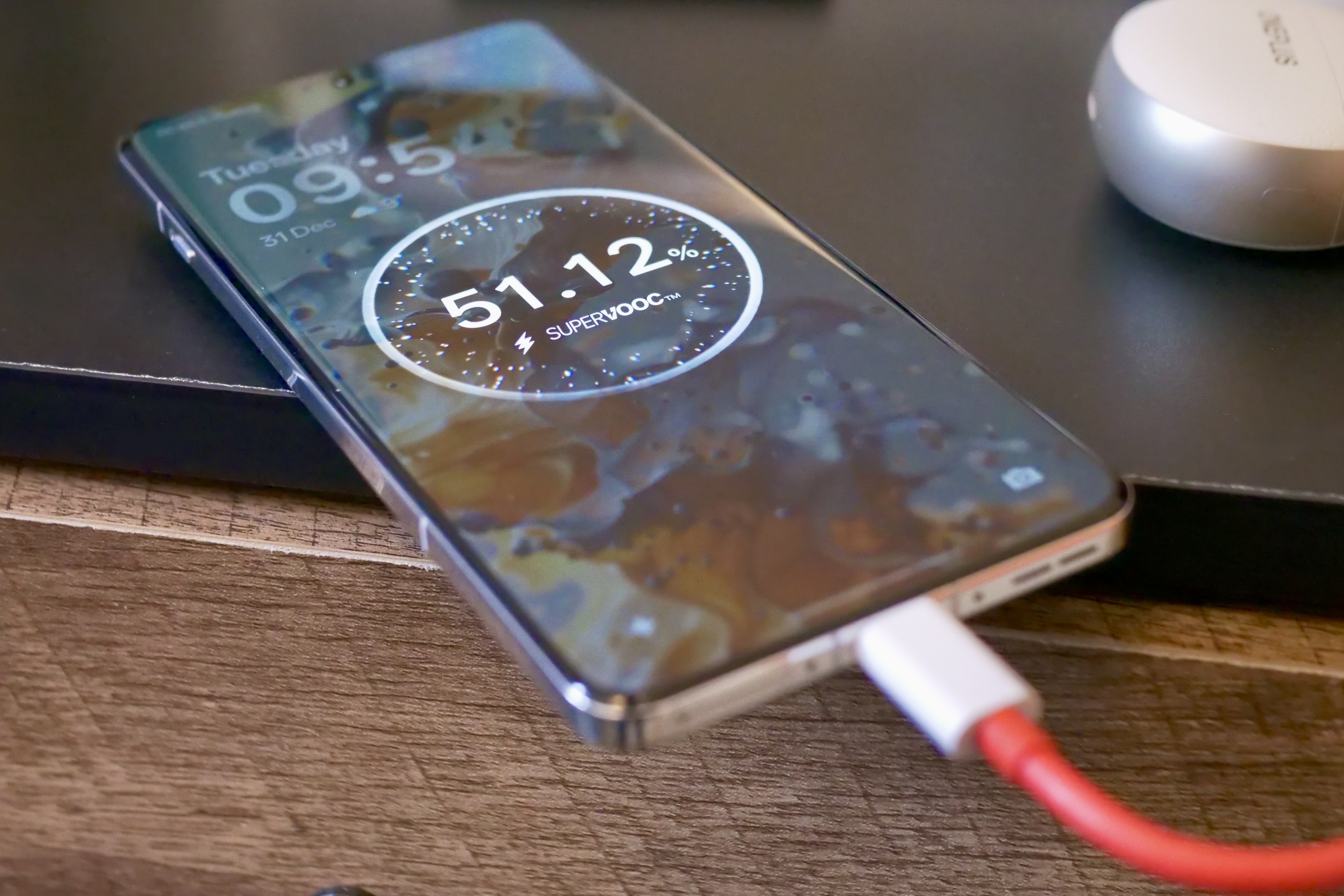
“To fit a battery this big into the device, OnePlus developed a brand new silicon NanoStack battery with 10% silicon-carbon,” Campos tells me. The engineering team managed to increase the energy density without any increase in size.
The silicon went to the anode part of the battery cell, offering higher capacity in a smaller package. The tech is already gaining traction and will appear in more phones as we move further into the ongoing year.
Thankfully, a change in the battery chemistry hasn’t taken a toll on OnePlus’ signature strength: blazing-fast charging. The OnePlus 13 maintains its huge lead in the North American market with support for 80W fast charging, nearly twice as fast as its Apple and Samsung rivals.
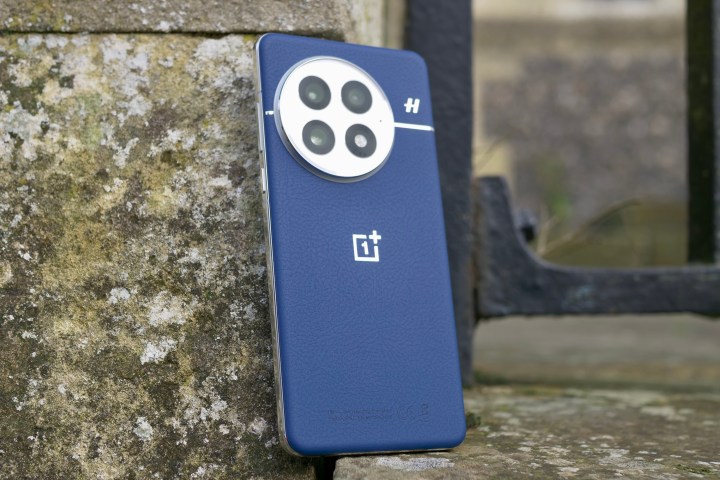
At the end of the day, the OnePlus 13 is the brand’s boldest attempt yet — even more so than its experiment with “Pro” flagships. This one carries the burden of top-class engineering innovation without leaving behind the traits that define a OnePlus phone.
The OnePlus 13 is available now and starts at $900.

